Grace Jones' incredibly glamorous life in iconic pictures
Model, actor, singer, Bond girl – and all on her own terms. Many have inspired, but few can rival the ferocious greatness of this 80s icon
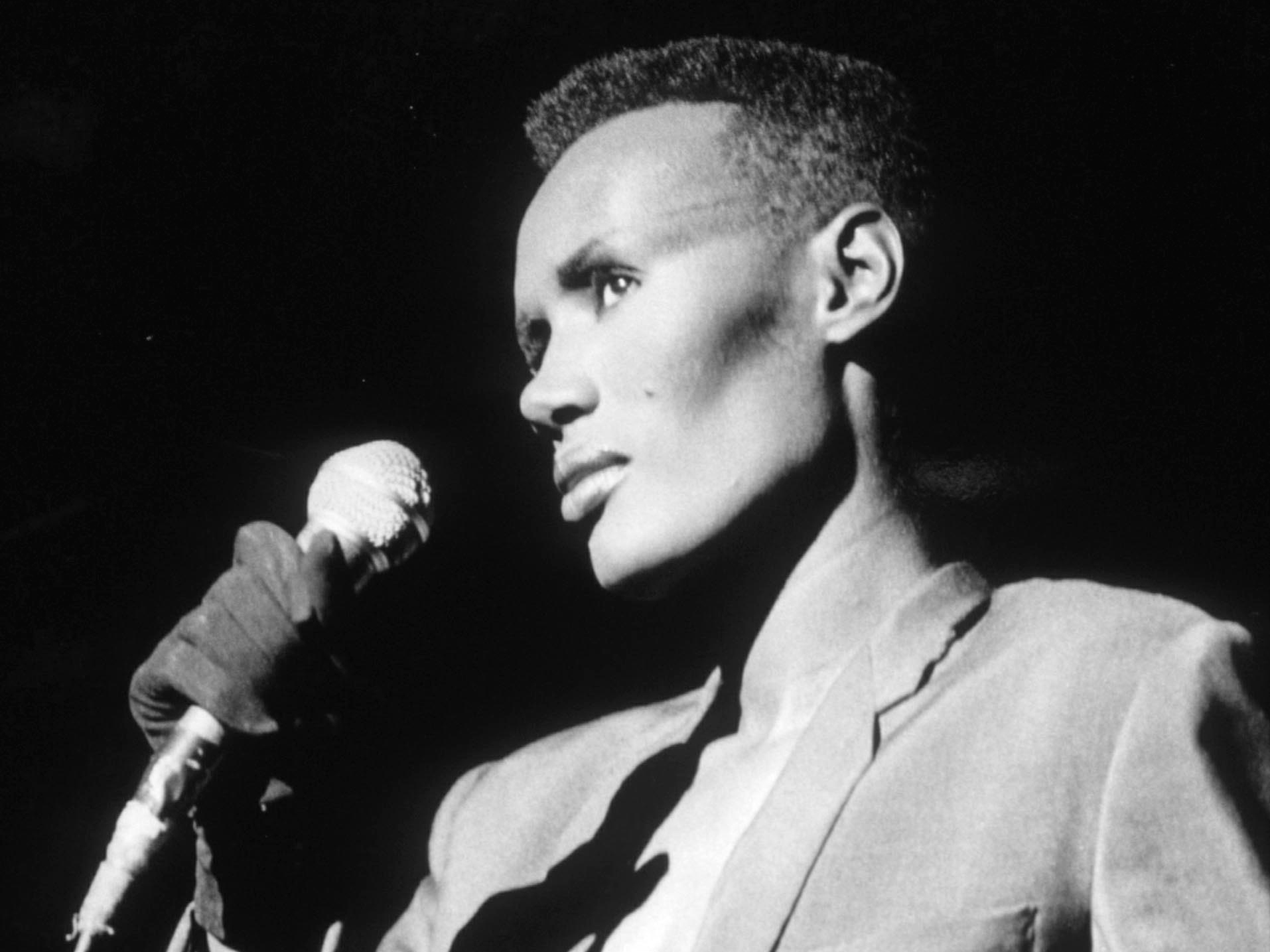
Model, actor, singer, Bond girl – and all on her own terms. Many have inspired, but few can rival the ferocious greatness of this 80s icon
The neighbourhood where Beverly Grace Jones grew up in Spanish Town, Jamaica, was surrounded by trees that children loved to climb. But for the girl known simply as Grace, they became synonymous with the punishment meted out by her strict, religious grandparents. ‘We’d have to climb a tree and pick our own whips [branches] to be disciplined with,’ she revealed. ‘When you had to pick your own whip, you knew you were in for it.’ This discipline was a formative part of childhood in Jamaica at the time, as the star reveals in her long-awaited autobiography Miss Grace Jones, published in October. The memoir promises a tell-all account of the life, loves and exploits of one of the most controversial female personalities of the past 50 years. This is the woman who attended a party for politicians in Paris wearing nothing but a string of bones around her neck and who struck presenter Russell Harty on live television.
Born on 19 May 1948, Jones has admitted her intrinsic need to shock can be traced to those early days in Jamaica. When her bishop father Robert moved to America with her mother Marjorie to find work, Jones and her siblings were left behind in Jamaica to be raised by her grandmother and step-grandfather. Those strict elders inspired the ferocious persona that has become her trademark. ‘The scary character comes from male authority within my religious family,’ she says. ‘They had that first, and subliminally I took that on. I was shit-scared of them.’ At 13, Jones finally joined her parents in Syracuse, New York. But within two years of moving to America, she rebelled and became a go-go dancer before studying theatre at college. At 18, she caught the attention of a model scout and signed to a New York agency. ‘They had trouble booking me, though,’ she recalled. ‘I looked a lot freakier than I do now.’
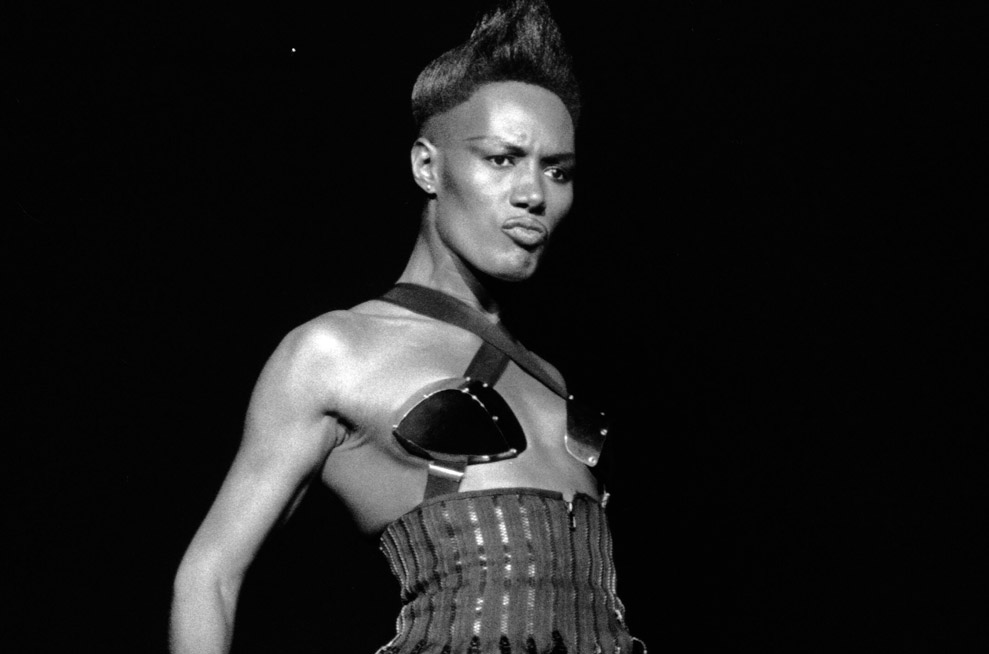
As the 70s dawned, her work took her to Paris, where she shared an apartment with fellow models Jerry Hall and Jessica Lange and frequented the hippest nightspot, Le Club Sept. Her androgynous looks and long limbs (she’s 5ft 10 ½ ins) propelled her into the limelight. ‘In three months I was on four covers,’ she noted. ‘My timing was just right… They went wild.’ Jones became part of the city’s fashion elite, hitting the town with friends such as Karl Lagerfeld and model Pat Cleveland. It was during that time she turned up nude, save for the bone necklace, at a party being hosted for French politicians in the capital. ‘It was no big deal,’ is how she dismissed the incident afterwards.
‘I used to go over to her apartment in Paris and she’d be singing to the radio, and I’d say, “Grace, you need to sing, honey,”’ says Cleveland, with whom she sang and danced on tables at clubs. ‘She’d say, “Well, if you sing with me...” So I started singing with her. But then, when she finally got a producer and invited me into the studio to sing, I had to say, “No, Grace, this is your thing.”’ Jerry Hall agreed that it was obvious her talent lay outside the modelling world: ‘She and I put on cabaret shows for our friends and we told her she had to be a singer’; ‘You don’t get to stay famous for long unless you’re always switching,’ Andy Warhol wrote in his diary. ‘Grace Jones is an example of this.’

In 1977, she signed with the British record label Island. Her disco-driven debut, Portfolio, issued that year, included a version of Tomorrow from the musical Annie. Three more albums paved the way for 1981’s classic Nightclubbing, featuring one of the era’s most suggestive songs: Pull Up to the Bumper. The album completed her evolution from disco to a fusion of funk, reggae and new-wave rock. Her appearance underwent a startling transformation too, under the direction of her then-lover, Jean-Paul Goude.
Born and raised in Paris, Goude trained as an illustrator and worked in advertising. He came to prominence when the editor of American Esquire asked him to art direct the magazine’s 35th anniversary issue, then move to New York to become its full-time art director. It was there, in the late 70s, that the normally reticent Frenchman met Jones. But their relationship was rocky. ‘It was a period of decadence,’ he recalled. ‘People were still doing lots of drugs and I had been working so hard for so long and she made me part of her lifestyle; made me go out dancing at Studio 54. She became an obsession and we did everything together.’
Marie Claire Newsletter
Celebrity news, beauty, fashion advice, and fascinating features, delivered straight to your inbox!
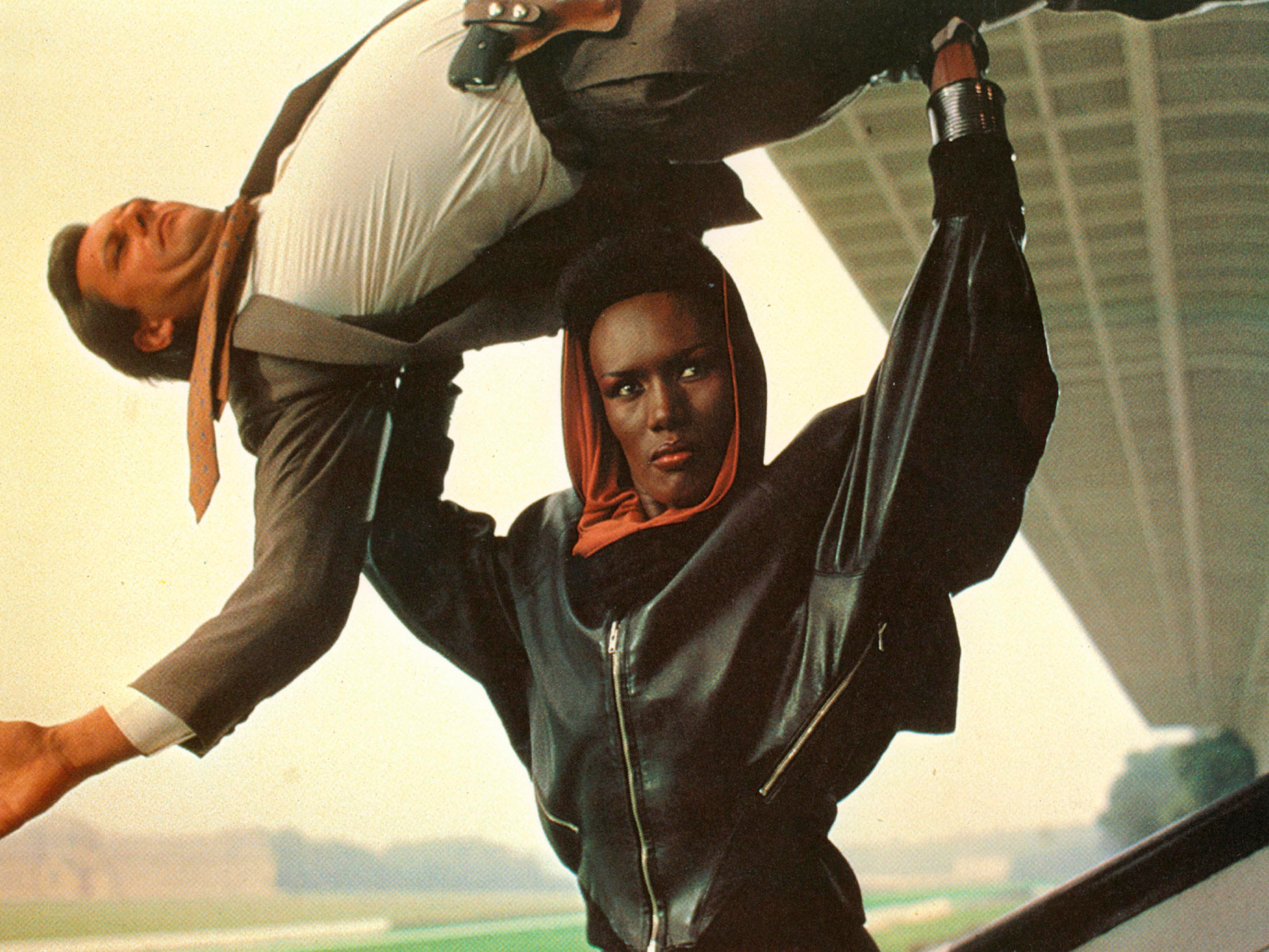
‘At a time when everyone loved to dress up, Jones and Goude took it to the extremes,’ said Paula Reed, author of the Design Museum’s Fifty Fashion Looks That Changed the 1980s, in which the pair feature. ‘Goude as art director and photographer was the arch manipulator. Jones’s look was unlike anything anyone had ever seen before. Her skin was darker and glossier… Her physique was more toned. She had that catwalk hauteur but a street fighter’s snarl. She was a spectacular contradiction: a one of a kind.’
For the Nightclubbing cover, Jones’s body and face were coated in maroon paint and she wore nothing but an Armani jacket and a glare. The renowned stylist Christiaan Houtenbos, who lived in the same apartment block in New York, created her signature flat-top haircut using a men’s razor. ‘She yelled out of the window at midnight that she wanted a haircut,’ he said. Under Goude’s direction, Jones became a star. ‘It could be equally said that he could not have achieved the status he did without her,’ said Reed. ‘Individually they were impressive…together they were atomic.’
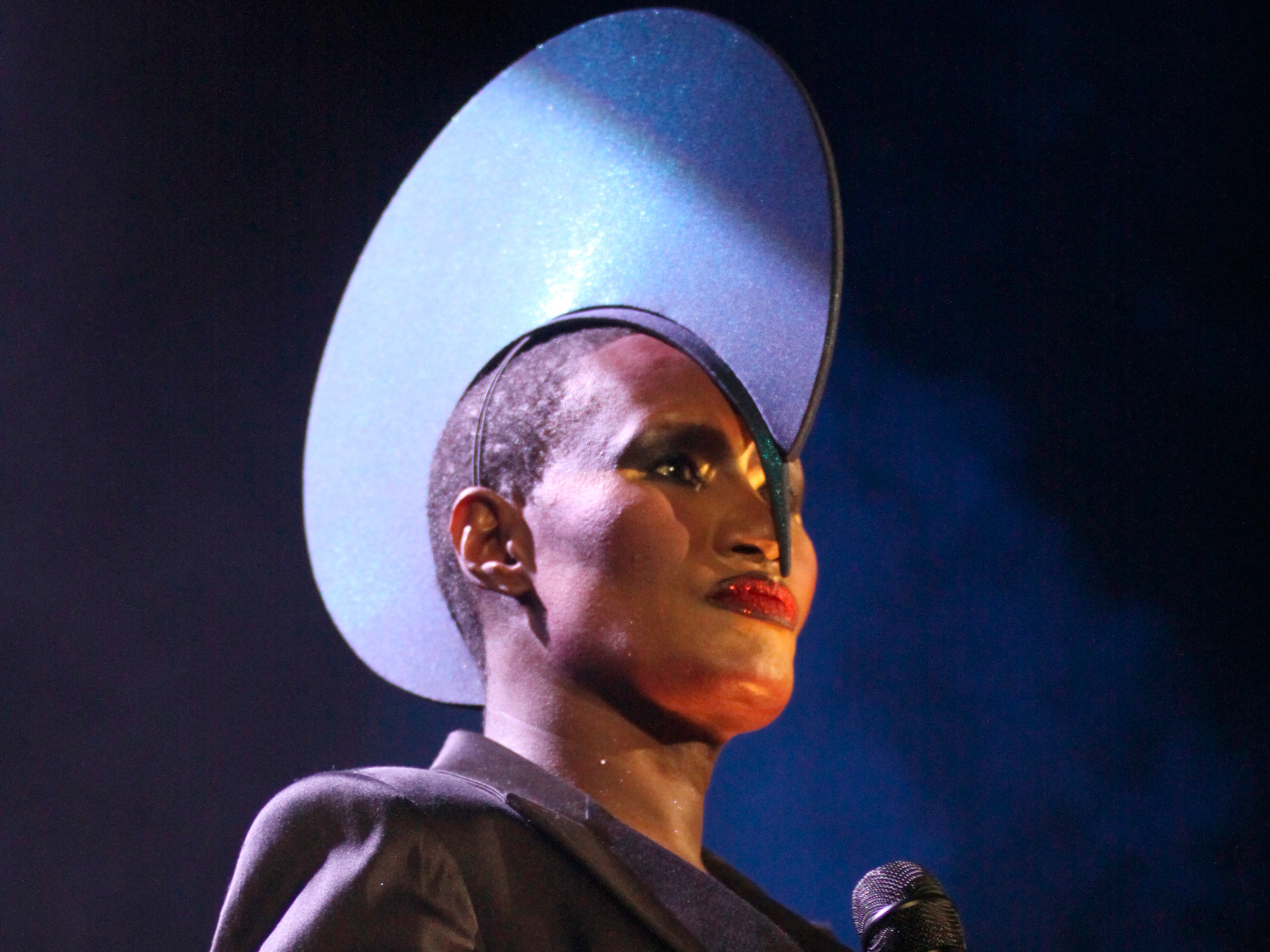
At the peak of that fame, Jones appeared on Russell Harty’s chat show. Taking umbrage when he turned his back on her to interview another guest, she slapped him, creating an infamous and oft-repeated TV moment. She rejects any suggestion that it was staged: ‘No, I wasn’t acting. Absolutely not.’ Jones’s reputation for being scary and crazy was cemented – yet, for all her public posturing, she had a softer side to which close friends were privy. ‘Her name equals danger,’ says milliner and collaborator Philip Treacy, ‘but she’s really very sweet.’
Jones described Goude as the only man who ever ‘made me buckle at the knees’. But their relationship was doomed even before she fell pregnant by him. ‘I had no intention of staying with her, he later admitted. I wasn’t happy with it. Their son, Paulo, was born in November 1979, but Goude and Jones eventually split. ‘I did my best work with her,’ he observed decades later, ‘and we’re still very friendly. She is great.’ Reluctant to be separated from her baby, Jones took Paulo on tour. ‘I went jungle,’ she said. ‘I took him everywhere. Like elephants or lionesses. I didn’t go on his time; he went on mine.’
In 1984, Jones starred alongside Arnold Schwarzenegger in Conan the Destroyer. This well-received excursion on to the big screen led to more roles, including that of Bond villain May Day in A View to a Kill in 1985. ‘Feminine’ was how Jones summed up her character. ‘But feminine tough - lethal.’
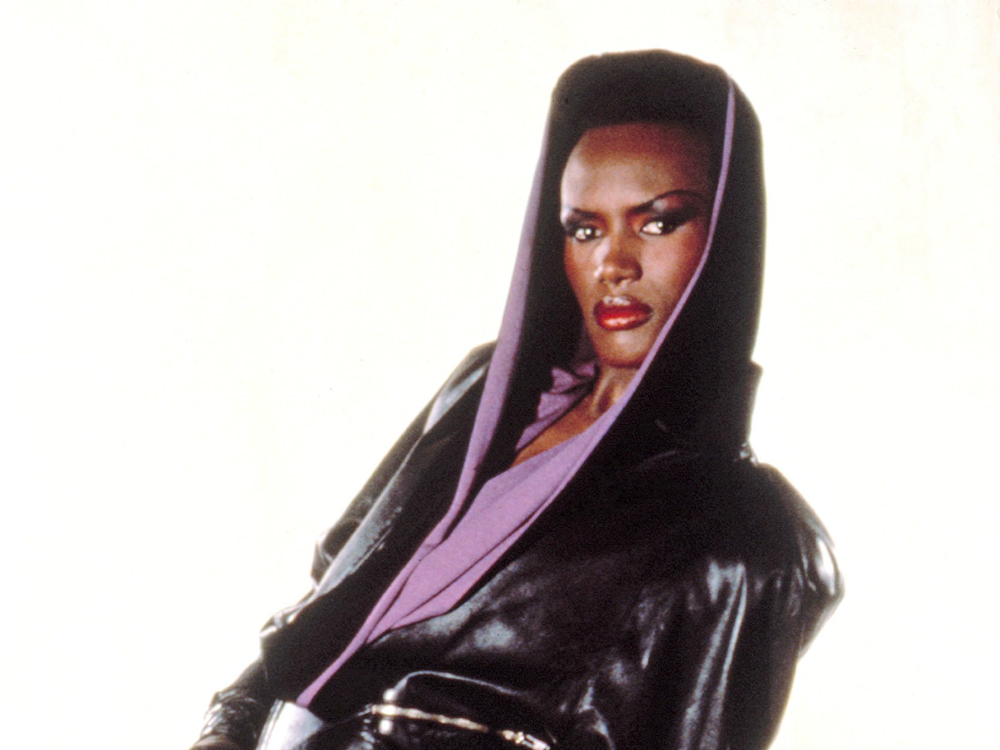
By then she was in a relationship with Dolph Lundgren, a 6ft 5ins Swede she met at a show in Sydney and initially employed as a bodyguard. Nine years her junior, he was her physical ideal and an intellectual match: he earned degrees in chemistry and chemical engineering, reportedly has an IQ of 160 and speaks seven languages. After Jones wangled him a bit part in A View to a Kill, they joined the ranks of New York’s in-demand celebrities. Warhol described them as ‘fabulous’ and Helmut Newton shot them naked as a modern Adam and Eve for Playboy.
‘My time with her was nuts,’ Lundgren reflected. ‘Four years of mayhem.’ Jones observed that, ’Yelling between people in love is normal.’ As Lundgren’s fame grew, the relationship waned. ‘As soon as I got cast in Rocky IV and moved to LA and got my own place, we started drifting apart,’ he noted. ‘We were on more equal footing after Rocky and it was unexpected and hard to deal with for both of us. Our relationship lasted for four years but, as soon as I got even a modicum of fame, we were doomed.’ ‘I have terrible relationships because of my temper,’ Jones later admitted. ‘Some men actually want to kill me because they think I have more balls than they do. To most men, it’s intolerable. For years, I’ve had to consciously try to balance, even repress, that side of me in order to make a relationship work.’ After she and Lundgren split, Jones continued working in films, playing a parody of herself in the 1992 comedy Boomerang alongside Halle Berry and Eddie Murphy. Thereafter, the bigger roles dried up and her acting career ground to a halt in 2008. Her music followed a similar pattern. She followed Nightclubbing with four more albums, including 1985’s Slave to the Rhythm, but by the end of the decade had stopped recording, disillusioned with the industry.
In 1989 she married Chris Stanley, producer of that year’s fop Bulletproof Heart, but they divorced within two years. In the mid-90s she fell for another bodyguard, this time a Belgian called Atila Altaunbay. They married in Rio in 1996 when she was 48 and he was 21. The New York Times reported that, after the ceremony, they went straight to the gym. The marriage lasted eight years but, despite her openness in all other areas of her life, Jones has remained quiet on the subject.
She performed at one-off gigs around the world and popped up at red-carpet events, but it was not until 2008 that she returned to record stores with the acclaimed Hurricane. It was produced by her then-fiancé Ivor Guest, the 4th Viscount Wimborne and a relation of the late Princess Diana. They split amicably a year later and Jones has said she remains single these days.
Her comeback was confirmed in 2012 when she was asked to perform the classic Slave to the Rhythm for the Queen at the Diamond Jubilee Concert outside Buckingham Palace. The performance returned her to the public eye – she’s currently recording new songs – and stars including Lady Gaga, Miley Cyrus and Lorde have cited her as an inspiration.
‘There’s nobody I love more than Grace Jones,’ said Gaga. ‘She’s like my personal Jesus’ Unmoved, Jones declined a request for a collaboration: ‘I’d just prefer to work with someone who is more original and someone who is not copying me.’
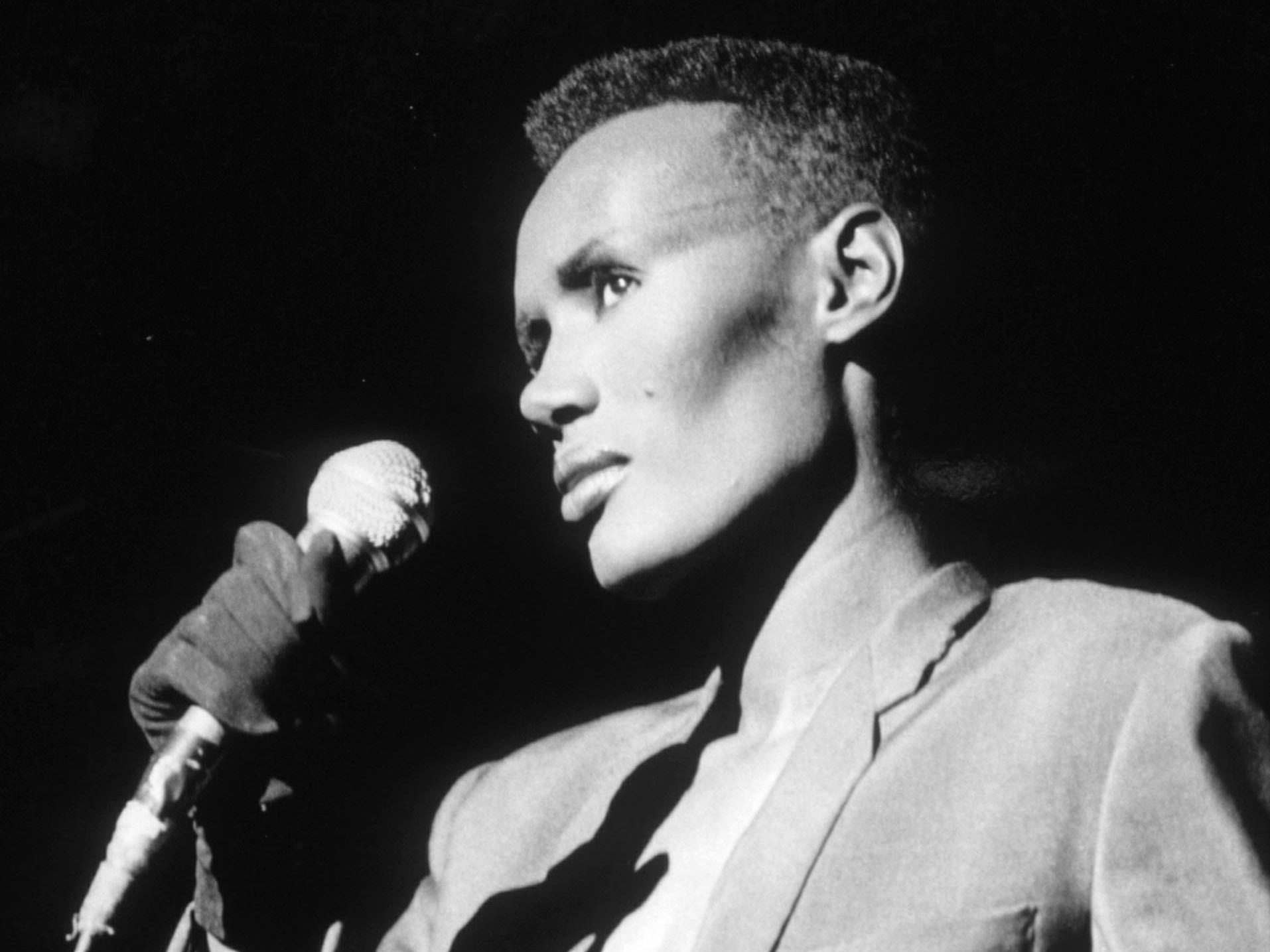
Two years on, now 66 and living in southwest London, Jones has another role to add to her CV: grandmother to Athena, the four-year-old daughter of Paulo, a musician, and his dancer wife Azella. ‘I’m a grandmother,’ she declared. ‘So grand.’ What the Grandparents and parents make of Jones when she rocks up at Athena’s school gates, one can only imagine. But it’s doubtful she cares. ‘She has something inside that sucks you in,’ says designer Azzedine Alaïa, who Jones met in her Paris days and who, five decades later, remains a close friend. ‘She has so much energy.’ Jones herself seems to concur: ‘It’s much more exciting to be the villain and much more me,’ she says, ‘I think the male side is a bit stronger in me and I have to tone it down sometimes. I’m not like a normal woman, that’s for sure.’
The leading destination for fashion, beauty, shopping and finger-on-the-pulse views on the latest issues. Marie Claire's travel content helps you delight in discovering new destinations around the globe, offering a unique – and sometimes unchartered – travel experience. From new hotel openings to the destinations tipped to take over our travel calendars, this iconic name has it covered.
-
 Ties are the unexpected cool-girl accessory to invest in this season
Ties are the unexpected cool-girl accessory to invest in this seasonSchool is in session
By Sofia Piza
-
 This is not a drill: you can now shop Alexa Chung's actual wardrobe on Vinted
This is not a drill: you can now shop Alexa Chung's actual wardrobe on VintedOwn a piece of sartorial history
By Penny Goldstone
-
 New Look’s spring collection has dropped—as a picky fashion editor, I’m seriously impressed
New Look’s spring collection has dropped—as a picky fashion editor, I’m seriously impressedSpring trends at affordable prices
By Jazzria Harris